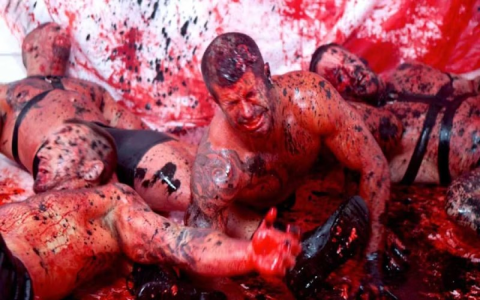
Although Count Dracula is the brainchild of a 19th century Irish writer, he’s always been a bona fide Romanian villain — or hero, depending on your level of squeamishness.
Tucked away in a castle high up in the Carpathian Mountains, the most notorious of all vampires was inspired by a real-life medieval killing machine known as Vlad the Impaler, whose brutal torture methods were way worse than anything Dracula ever pulled off in books or on screen. Vlad was born in Transylvania, a region in central Romania that has since become synonymous with bloodsucking, fake fangs, and all kinds of content and merchandise, from billion-dollar Hollywood franchises to kinky Halloween costumes.
Dracula
The Bottom Line
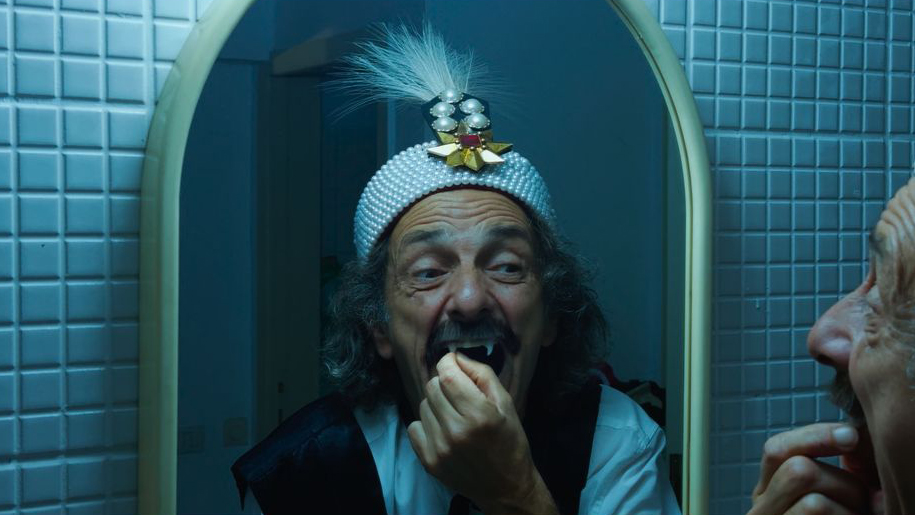
Lots of sucking, not a lot of blood.
Venue: Locarno Film Festival (International Competition)
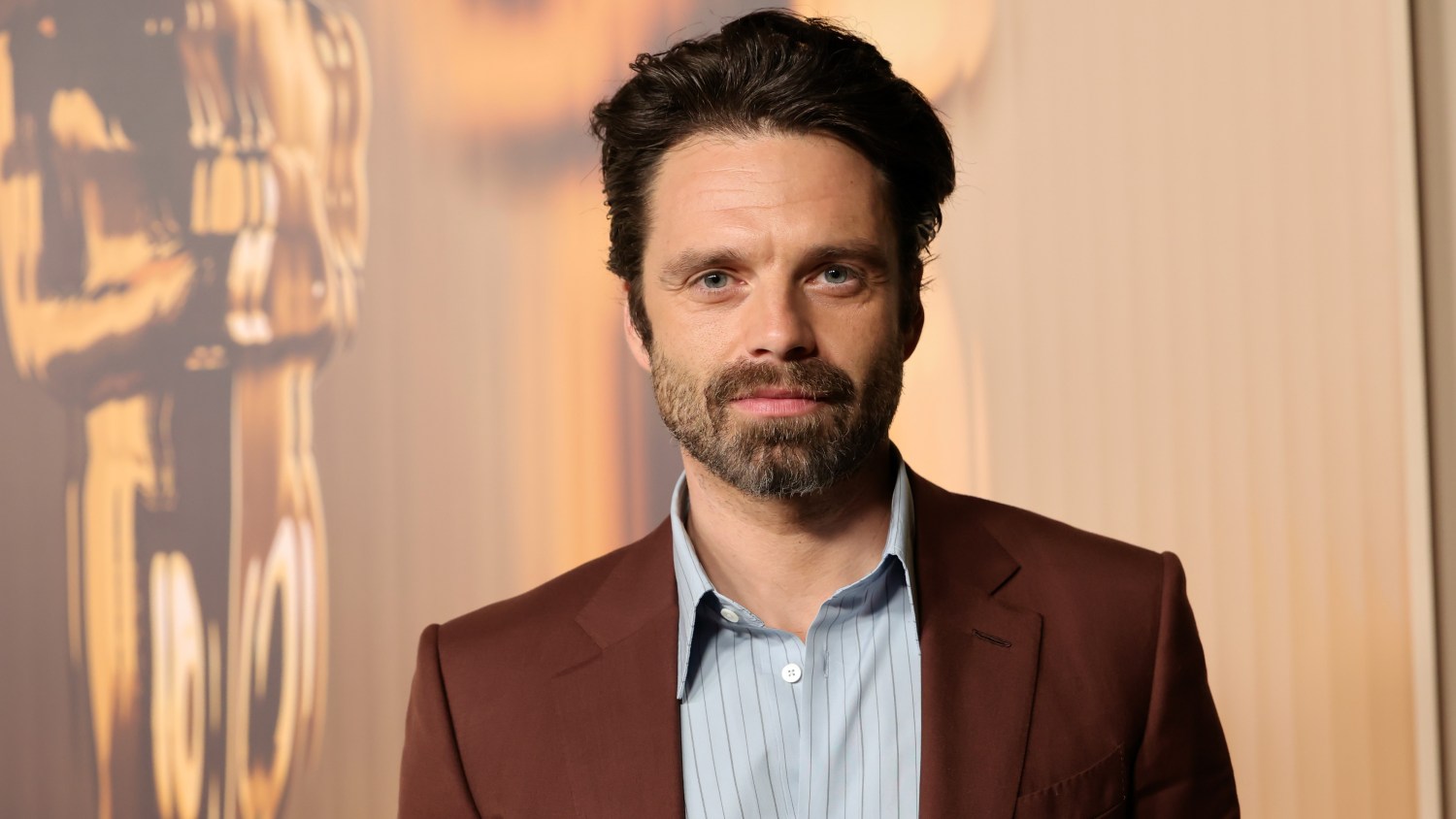
Cast: Adonis Tanta, Gabriel Spahiu, Oana Maria Zaharia, Andrada Balea, Ilinca Manolache, Serban Pavlu, Alexandru Dabija, Lukas Miko
Director, screenwriter: Radu Jude
2 hours 50 minutes
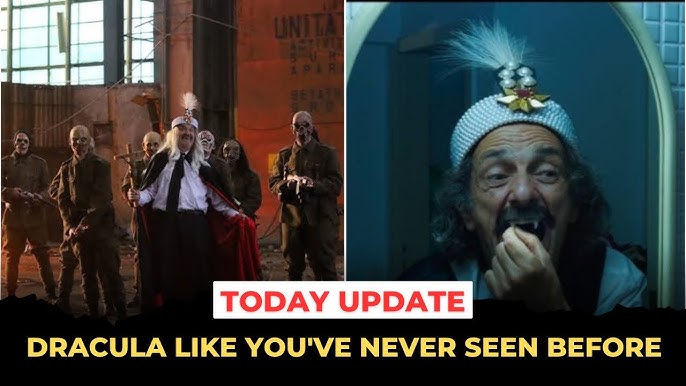
It therefore seems like a no-brainer that, at one point or another, a respected Romanian filmmaker would want to sink their teeth into the vampire legend. Much more perplexing is the result of that exercise: writer-director Radu Jude’s rowdy and off-the-wall three-hour patience-tester, simply titled Dracula.
Like a Monty Python sketch drawn out to unrelenting arthouse extremes, this is a movie that’s destined for either diehard vampire completists or diehard fans of the celebrated (mostly in festival circles) auteur, whose eclectic filmography runs the gamut from modern-day political satires (Bad Luck Banging or Looney Porn, Do Not Expect Too Much From the End of the World) to an epic black-and-white historical Western (Aferim!) to a stark coming-of-age dramedy (The Happiest Girl in the World).
In fact, Jude has been so prolific over the past decade that he shot a whole other movie — the caustic social drama Kontinental ’25, which premiered in Berlin last year— while making this one, using much of the same cast and crew. That film wasn’t necessarily a crowd-pleaser, but its scathing depiction of Romania’s widening class divide made for an intriguing minimalist feature that felt both off-the-cuff and relevant.

The problem with Dracula is that it’s almost the opposite: bloated and meandering, not to mention deliberately dirty and childish, it feels like the work of someone who was able to make whatever vampire movie they wanted, then opted to make a dozen crazy vampire movies at the same time.
Like his previous films, Jude’s 170-minute romp is loaded with trenchant political messages, sarcasm, bawdy humor and a heavy dose of Romanian fatalism. It’s also overlong, shoddily made (seemingly on purpose, with the assistance of AI), and contains more fellatio scenes — whether discussed, suggested or simulated — than any vampire flick not currently premiering on YouPorn. In some ways, you have to give the director credit for boldly taking Dracula where nobody (not even Andy Warhol) has gone before. Whether you’ll want to watch the result is another question.
Divided into 14 chapters that are linked by the same overarching theme — basically, vampirism in all its forms (literal, historical, political, metaphorical, social, sexual, etc.) — the film is narrated by a sardonic fictional movie director (Adonis Tanta), who serves as a substitute for Jude himself. Testing out an assortment of genres and techniques, including period pieces, a workplace satire, a docudrama about tourism, erotic musical theater, and something called “Dracula TikTok,” the filmmaker introduces each new work like Vincent Price presenting a schlocky horror series on late-night TV.
The potpourri of stories kicks off with an opening montage of AI-rendered vampires exclaiming: “I am Dracula and you can all suck my c–k!” That more or less sets the tone for the next three hours, which are riddled with crude jokes and all kinds of fake sex, whether oral or otherwise. The kink culminates in a fable about a farm woman who discovers magical penises growing in her cornfield. She sells them like vegetables on the side of the road, allowing her fellow townswomen to experience the same intense orgasms she does.
What Dracula has to do with that story is not entirely clear, and Jude’s propos can feel both muddled by the exhaustive material, as well as too obvious in places. He sees Dracula as fiction’s ultimate capitalist victimizer, exploiting the lifeforce of others for his own pleasure, whether financial or physical. But the vampire has been exploited by plenty of capitalists as well, especially those in the movie and tourist industries. (At one point, mention is made of a Dracula theme park that was supposed to be built in Romania in the 1990s but was ultimately abandoned.)
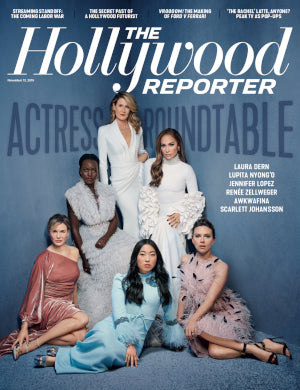
That theme is made loud and clear in a contemporary segment about video game programmers who go on strike against their evil boss (“He’s a monster!” one of them shouts) — a boss who then attacks them alongside a horde of flesh-eating zombies, culminating in a workplace bloodbath. That section probably feels closest to Jude’s recent movies dealing with his country’s social and political turmoil, especially the overt racism and chauvinism of its ruling classes.
Another story, which is threaded throughout Dracula and acts as a sort of commentary on everything else, follows a washed-up actor (Gabriel Spahiu) who plays the vampire in a subterranean dinner theater offering up X-rated musical numbers to drunk tourists — as well as happy endings to those willing to fork out a few extra bucks.
Unable to, um, perform on command, the aging thespian flees to the streets along with his sexy stage bride (Oana Maria Zaharia), escaping a gang of unhappy customers (including film critic Neil Young, spotted among the crowd). In these tiring segments, Jude seems to be commenting on how Dracula has gone from immortal legend more than a century ago to miserable victim forced to run away from angry fans out for his blood.
The problem — and this extends to much of the movie — is the way Jude says it, making us sit through a dozen Benny Hill-style chase scenes shot on very video-looking digital. His film feels intentionally cheap at times, as if the director were mimicking all the disposable images found on social media and streaming platforms, including the wave of AI slop currently flooding our screens.
Dracula may be an earnest attempt to critique such visuals, as well as many other things about our highly exploitative world. It’s unlikely such a critique will be seen or heard by many, or that it will outlast Dracula himself.
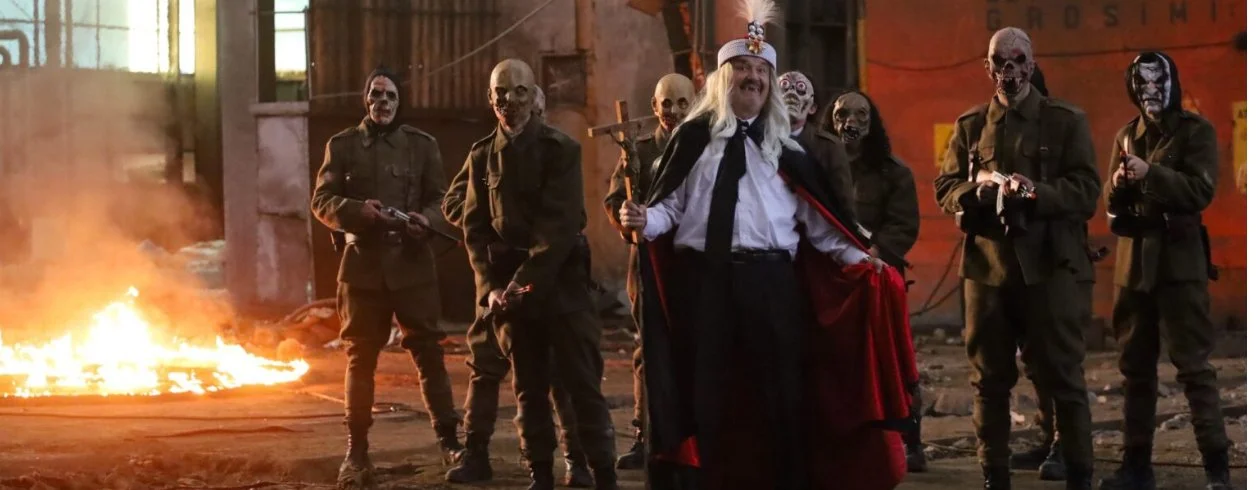
#Radu #Judes #Racy #Overlong #Arthouse #Vampire #Flick





